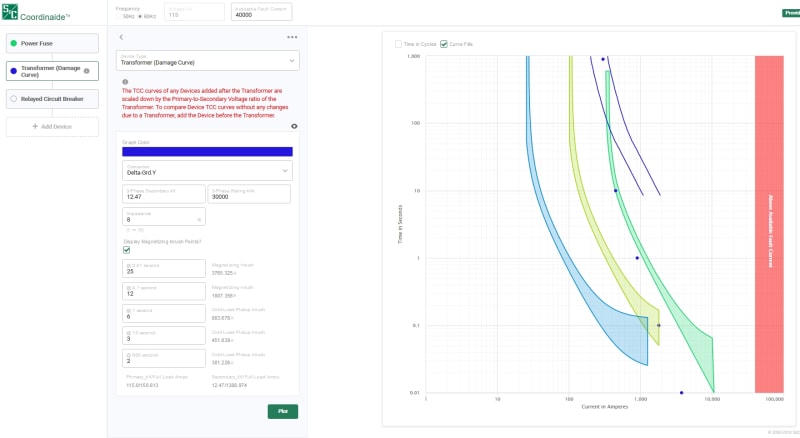Mbrooke
Electrical
- Nov 12, 2012
- 2,546
Does anyone know how S&C derives transformer magnetizing inrush and hot/cold load inrush values? They seem to be on the extreme side, but then again they may have a point in terms of a feeder trip and reclose with residual magnetism in the core.



![[glasses] [glasses] [glasses]](/data/assets/smilies/glasses.gif)
![[bigsmile] [bigsmile] [bigsmile]](/data/assets/smilies/bigsmile.gif)